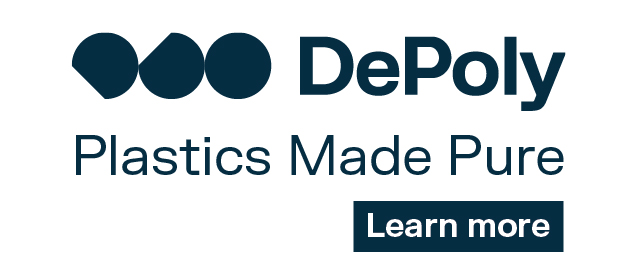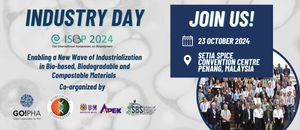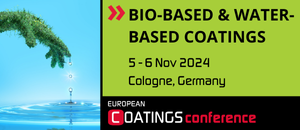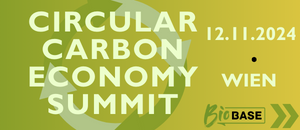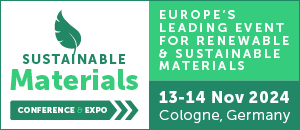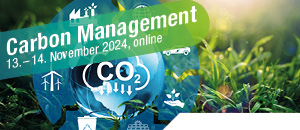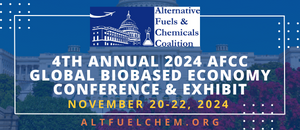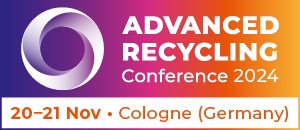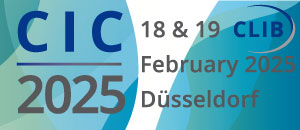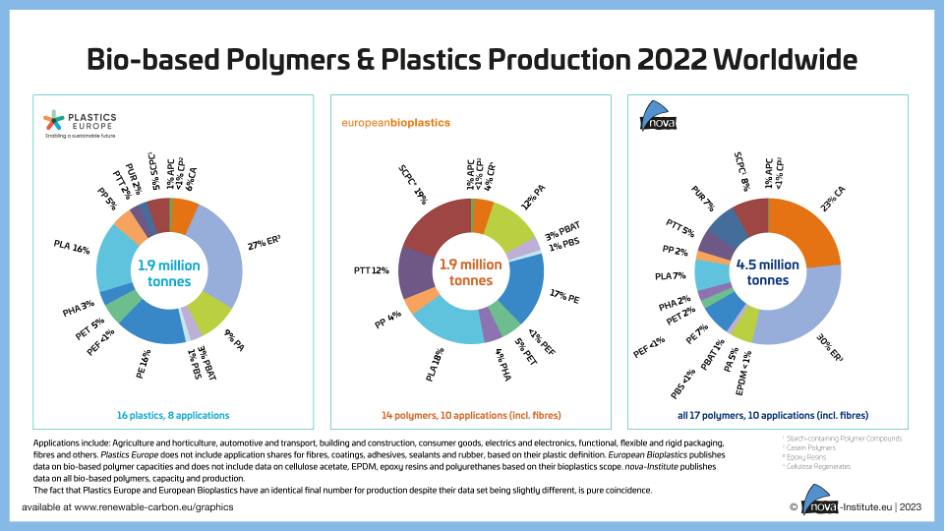
After seven years of publishing the most comprehensive data on the market for bio-based polymers and collaborating with European Bioplastics on their annual bioplastics data, nova-Institute is now also providing Plastics Europe with data on bio-based plastics for 2022.
The collaboration was initiated to supply the market with harmonised, transparent and consistent data and information on bio-based polymers and plastics production for 2022.
The data is based on nova-Institute’s annually published bio-based polymers capacity and production data and adapted to the scope of the historical Plastics Europe data on plastics production as well as the scope of European Bioplastics.
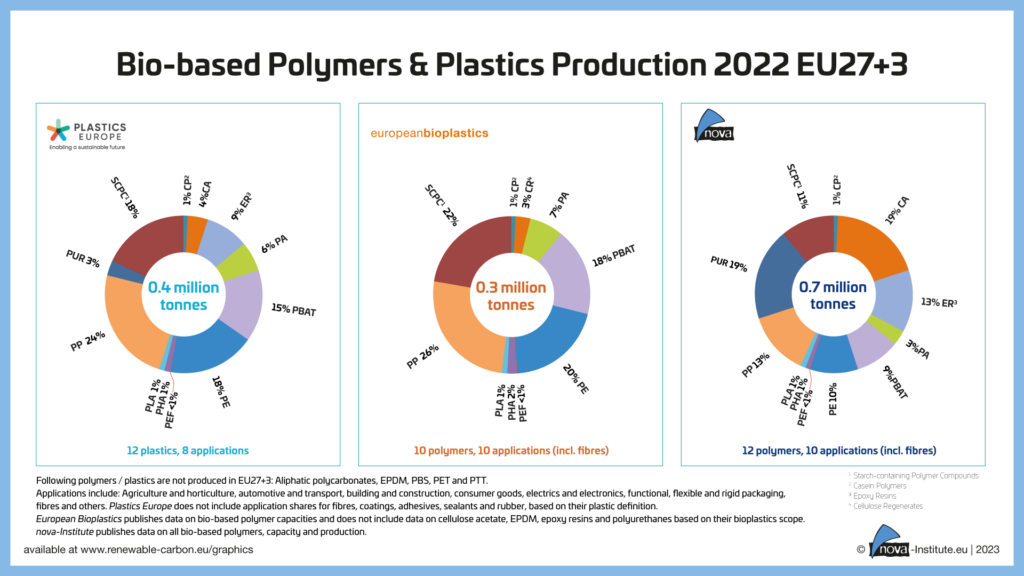
“For new markets, which are inevitably niche markets to begin with, it is difficult to obtain reliable market data. It is now a milestone that the three world-leading institutions are pooling their expertise and presenting their data together, by polymer and by application, harmonising the data for the first time“, says Michael Carus, CEO nova-Institute.
Hasso von Pogrell, Managing Director European Bioplastics, declared: “Transparent and consistent data are the keys to a thriving bioeconomy in Europe. They enable EU stakeholders and the industry to make informed decisions, develop new products, and create a supportive legislative framework accordingly.”
“We are excited to partner with the nova-Institute and European Bioplastics to provide the most comprehensive plastics production data, now including bio-based plastics data. Plastics Europe is committed to continuously adapting its datasets to offer the best available data to help assess, track and accelerate our industry’s transformational journey towards circular and net-zero plastics in Europe. Increasing the use of bio-based plastics as an alternative to fossil-based plastics is part of the solution”, stated Virginia Janssens, Managing Director Plastics Europe.
Applications covered by nova-Institute include: Agriculture and horticulture, automotive and transport, building and construction, consumer goods, electrics and electronics, functional, flexible and rigid packaging, fibres and others. Plastics Europe does not include application shares for fibres, coatings, adhesives, sealants and rubber, based on their plastic definition.
European Bioplastics publishes data on bioplastics production and does not include data on cellulose acetate, EPDM, epoxy resins and polyurethanes based on their bioplastics scope.
The fact that Plastics Europe and European Bioplastics have an identical final number for production despite their data set being slightly different, is pure coincidence.
EPDM, PBS, PET and PTT were not produced in 2022 in EU 27+3 and are therefore not included in the bio-based polymers and plastics production 2022 EU 27+3.
The data will be incorporated in Plastics Europe’s “Plastics – the fast Facts 2023”, and “The Circular Economy for Plastics – A European Overview”. Besides the bio-based plastics data, nova also provided data on bio-attributed plastics, CO2-based plastics as well as plastics derived from chemical recycling, in collaboration with Conversio GmbH.
European Bioplastics annual market data on bioplastics 2022 can be found here.
To learn more about nova’s bio-based polymers, as well as bio-based building blocks capacity and production data find the full report “Bio-based Building Block and Polymers – Global Capacities, Production and Trends 2022-2027” here.
Source
nova-Institute, Plastics Europe and European Bioplastics, joint press release, 2023-10-17.
Supplier
European Bioplastics e.V.
nova-Institut GmbH
Plastics Europe
Share
Renewable Carbon News – Daily Newsletter
Subscribe to our daily email newsletter – the world's leading newsletter on renewable materials and chemicals





